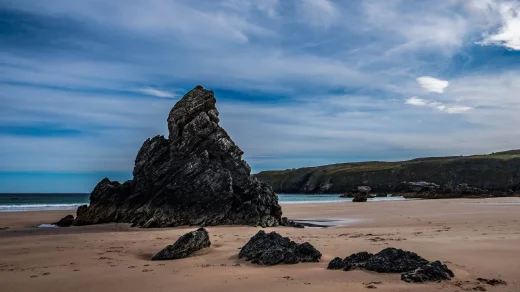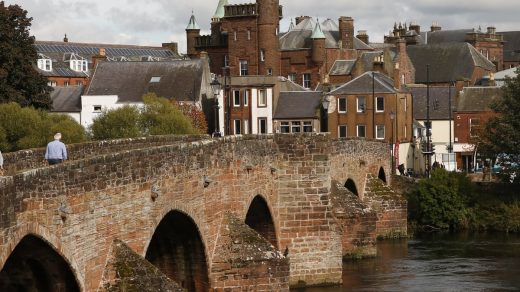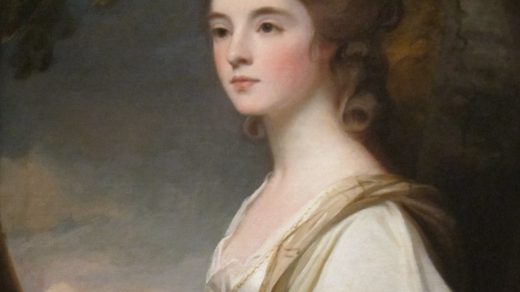Edinburgh has a fascinating history dating back thousands of years, with evidence of a settlement in the Cramond area from around 8500 BC.
The city’s name comes from ‘Eidyn’, the name for the region in Cumbric – the Brittonic language spoken in the Northern England and Lowland Scotland in the Middle Ages.
At this time a stronghold on Castle Roc k was called Din Eidyn, literally meaning ‘the hillfort of Eidyn’. As the Scots language evolved, the Din was replaced by ‘burh’, creating Edinburgh.
And there are plenty more clues to the Capital’s complex past in the names of the areas that make up the city, all of which come from a multitude of languages, backgrounds and people.
Here are 12 of them.
1. Portobello

Previously called Figgate Muir, Portobello got its name thanks to a seaman called George Hamilton who built a cottage on what is now the High Street in 1742. Hamilton had served under Admiral Edward Vernon when a British fleet of boats attacked and captured the Panamanian port of Porto Bello from the Spanish in 1739. He named the cottage Portobello Hut in honour of the victory and the name was used for the growing number of homes that began to spring up around it.
2. Corstorphine

A popular local legend, almost certainly apocryphal, says that a cross of gold was gifted to the local church by a Norman baron, leading to it being called after the ‘croix d’or fine’, which then became Corstorphine. The more likely etymology comes from the first record of the name, Crostorfin, in 1128 – meaning ‘Torfin’s crossing’. The identity of ‘Torphin’ has been lost in the mists of time, but it was a popular name in around 1000 AD, and the village provided an ideal crossing point over the small lochs and marshes that used to dot the land.



